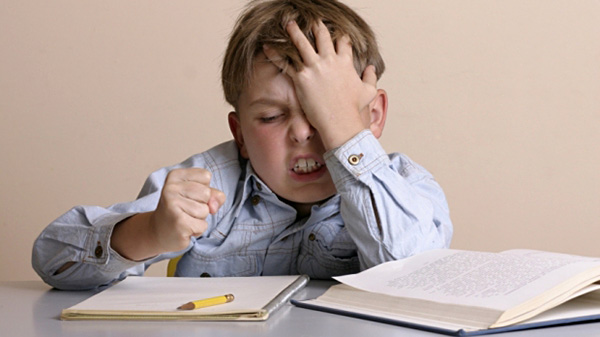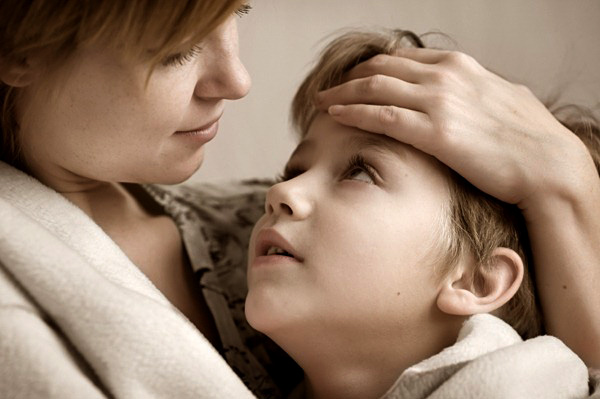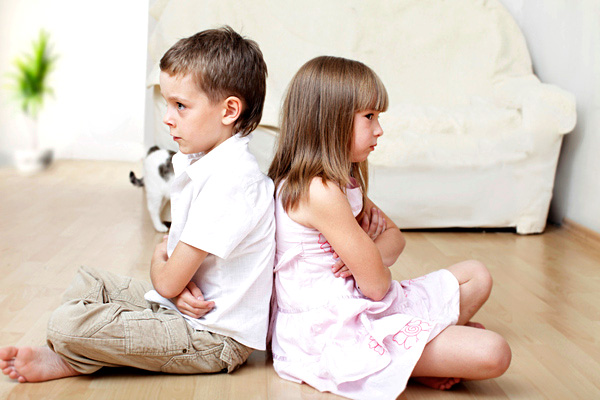There is a risk of 1% in the general population, to make bipolar disorder. Bipolar disorder can skip generations and can take different forms.
Symptoms may appear early in childhood, but usually appear in adolescence or adulthood. American Academy of Research shows that, in the United States, one third of 3,4 million children and adolescents suffer from depression.
Depressive symptoms:
- Crying easily
- Social withdrawal and waiver of certain previously enjoyable activities
- Lower energy levels, lack of enthusiasm or motivation
- Feelings of guilt
- Exaggerated sensitivity to rejection
- Changes in habits
- Headaches, stomach pain
- Black thoughts and / or suicide intentions
Many teens with bipolar disorder abuse alcohol and drugs being their way of trying to “buy” a good feeling.
Symptoms of depression in children and adolescents are the same as in adults. However, recognition and diagnosis can be difficult.
Symptoms of major depressive disorder:
- Excessive sadness
- Significant change in appetite and weight loss
- Sleep disorders
- Physical agitation
- Lack of energy
- Guilt
- Difficulty concentrating
Five or more of these symptoms, must persist for two or more weeks before a diagnosis of depression is made.
Symptoms that may be associated with depression in children:
- Headache, muscle aches, fatigue
- Frequently absent from school, or poor performance
- Irritability and tearfulness
- Disregard social and occupational activities
- Abuse of alcohol and / or other substances
- Social isolation, poor communication
- Sensitivity to rejection or failure
Many teens with depression abuse alcohol and drugs, seeing this as a way to manage the condition in which they are. Any child or adolescent who abuses substances should be evaluated for depression.
Depression in children:
Children have a bad day or are sad.
Depression is a serious health problem that affects people of all ages, including children. In fact, depression affects 1 in 33 children and 1 in 8 adolescents.
Depression can lead to social isolation and affects relationships with family and friends. In children, depression is also associated with an increased risk of suicide. It is estimated that more than 90% of children and teens have depression. The risk is increased in adolescents who presents alcohol and substance abuse.
Depression in young people occurs often accompanied with anxiety, disruptive behavior, with substance abuse or diabetes.
Once a young man had an episode of depression, he/she have an increased risk for another episode in the next five years. Children who experience depressive episodes were five times more likely to have depression as an adult.
Causes of depression in children:
Children who develop depression may have a family history of this disorder, stressful life events (loss of a parent, divorce, discrimination) but may have other physical or psychological problems. All these factors mentioned above may contribute to the onset of depression. Children living experience of abuse, neglect, or another trauma, or who have a chronic disease, presents a greater risk of making depression. Depression in children often occurs along with other problems such as anxiety disorders and disruptive behavior disorders.
Other risk factors in the development of depression include:
- Stress
- Smoking
- Loss of a parent or a friend
- End of love
- Learning disorders
- Chronic diseases such as diabetes
- Abuse or neglect
- Other trauma, including natural disasters


